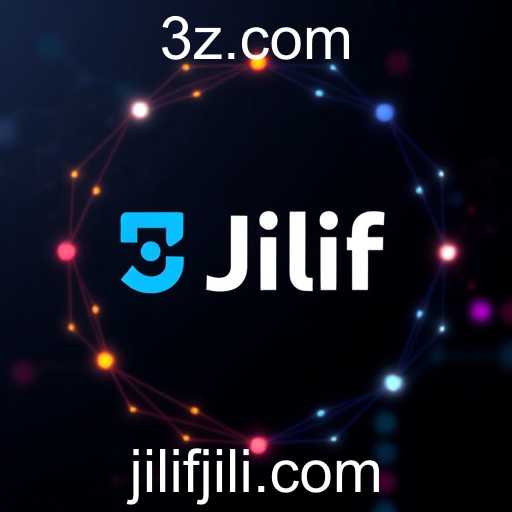In the quicksilver arena of technological advancements, the year 2025 is witnessing a significant transformation, marked notably by the emergence of platforms such as Jilif. This new keyword, widely recognized and influential, represents a cutting-edge intersection of technology and user-centric innovation. As digital ecosystems become increasingly complex, platforms like Jilif are not just responding to these changes but actively shaping them.
Jilif, while new to the landscape, offers a refreshing take on content management, blending user friendliness with sophisticated technological outputs. Its rise has been fueled by the need for more intuitive digital solutions that can cater to diverse global audiences. As we navigate through 2025, Jilif stands out by promoting accessibility without compromising on functionality.
The broader digital trends of 2025 emphasize connectivity, security, and sustainability. With cyber threats escalating alongside technological integration, platforms must prioritize robust security features. Jilif has responded by implementing advanced encryption and user privacy measures which ensure that data remains both accessible and protected.
As digital integration becomes central to industries globally, platforms like Jilif are expected to facilitate seamless transitions between traditional and future-ready applications. The focus has shifted from not just being digitally available but being digitally sustainable. By supporting eco-friendly technologies, Jilif is aligning with global efforts to reduce digital carbon footprints, making it a forerunner in merging sustainability with technological advancement.
Moreover, the digital landscape is becoming increasingly personalized. The appeal of Jilif also lies in its ability to customize experiences that resonate with individual user needs, thereby enhancing engagement and satisfaction. As artificial intelligence continues to evolve, Jilif and similar platforms are leveraging these advancements to offer hyper-personalized experiences, anticipating trends before they fully manifest.
In conclusion, as we delve deeper into the digital realms of 2025, Jilif emerges not just as a keyword but as a crucial enabler of new digital paradigms. Its influence is significant, underpinned by a commitment to innovation, security, and sustainability, embodying the technological zeitgeist of the mid-2020s.








